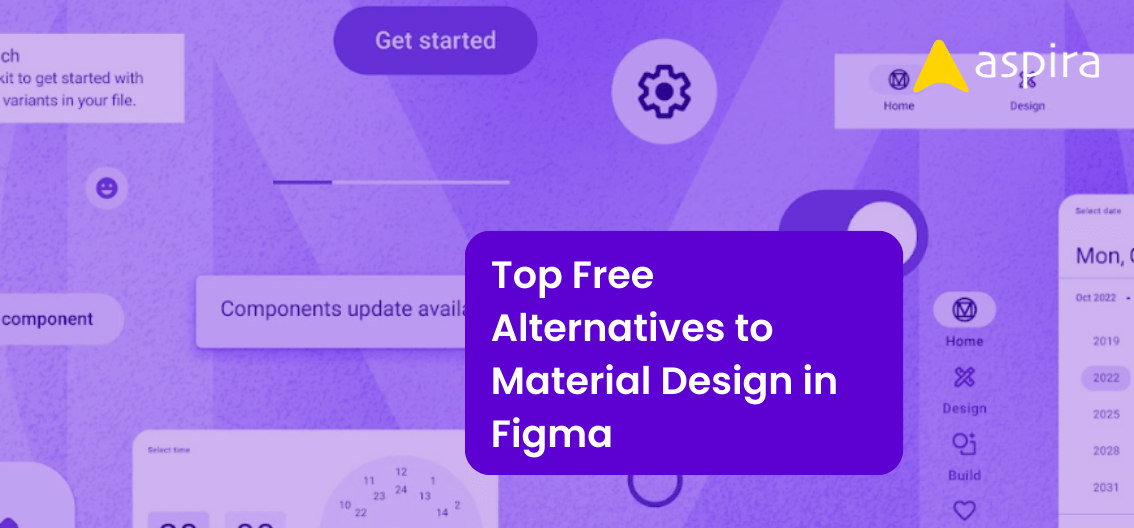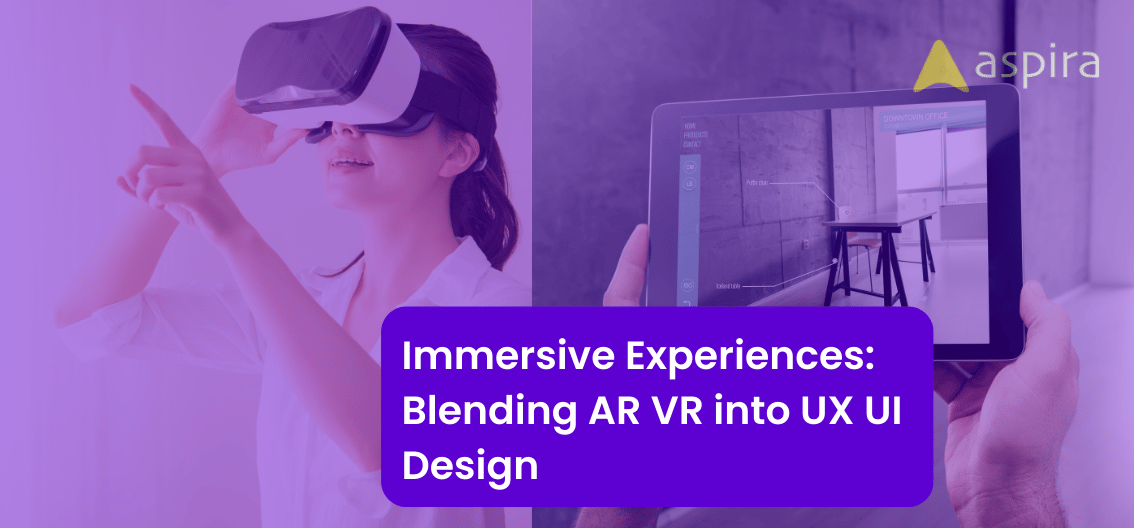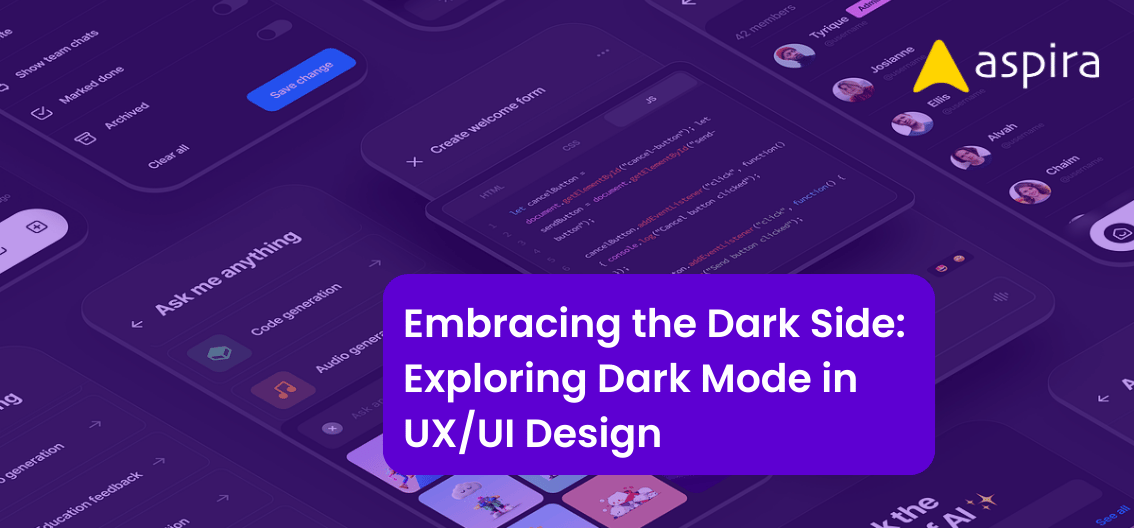UX Design - Mentor & Author.
16 Oct, 2023

Data science and UX UI design are two of the most demanded jobs in the tech industry. Although both roles require technical skills, they are completely different from each other. If you’re deciding between UX UI design and data science careers or considering switching, this article will guide your choice. In this article, we will explore the differences between the two fields and what the future holds for both. By the end, you will have a clear idea of which field aligns better with your interests.
Data Scientist vs UX UI Designer
A UX designer is like a friendly guide who makes online things such as websites and apps easy and enjoyable to use. They pay close attention to what people prefer and need, and then they use that knowledge to create digital stuff that fits perfectly with what people want.
On the flip side, data scientists act as detectives for numbers and information. They use special computer tools to examine lots of facts and figures, uncovering the important details hidden within all that data. This helps companies and groups make smarter decisions.
So, while UX designers focus on making things people-friendly, data scientists help make sense of a bunch of information. Both roles are really important for technology to work well and for us to have a good time using it.
Choosing between UX design and data science careers in 2023 depends on personal preference, considering their role differences. It’s a matter of personal liking and interest. Now, let’s explore whether it’s worthwhile to pursue a career in UX design or data science in the current year.
Pursuing a Career in UX UI Design
Imagine you’ve chosen to pursue a career in UX design. As of 2023, the demand for UX designers remains strong, and some studies suggest that this demand is set to increase in the coming years. Even if you lack a formal degree in design and are unfamiliar with design tools, don’t be discouraged. The path to becoming a UX designer doesn’t require a degree. You can start by learning UX skills, which you can acquire through joining a design school, enrolling in a university, or self-learning. However, remember that self-learning has its own pros and cons.
Your main effort should be directed toward understanding what UX is all about and familiarizing yourself with the responsibilities of a UX designer. These responsibilities encompass tasks such as user research, crafting personas, and designing wireframes. Once you grasp these fundamental concepts, you’ll be ready to embark on a career in UX UI design. These concepts can be effectively learned through enrollment in a design school, typically within a span of 3 to 6 months, though the timeline might vary based on your starting point.
After you’ve made the decision to dive into the realm of UX design, you can anticipate securing your first UX design job within approximately 6 to 8 months. It’s important to note that this timeline can differ from person to person, contingent on your portfolio quality and your depth of design knowledge. By investing effort into refining your portfolio, you will significantly enhance your chances of landing that crucial first UX design role.
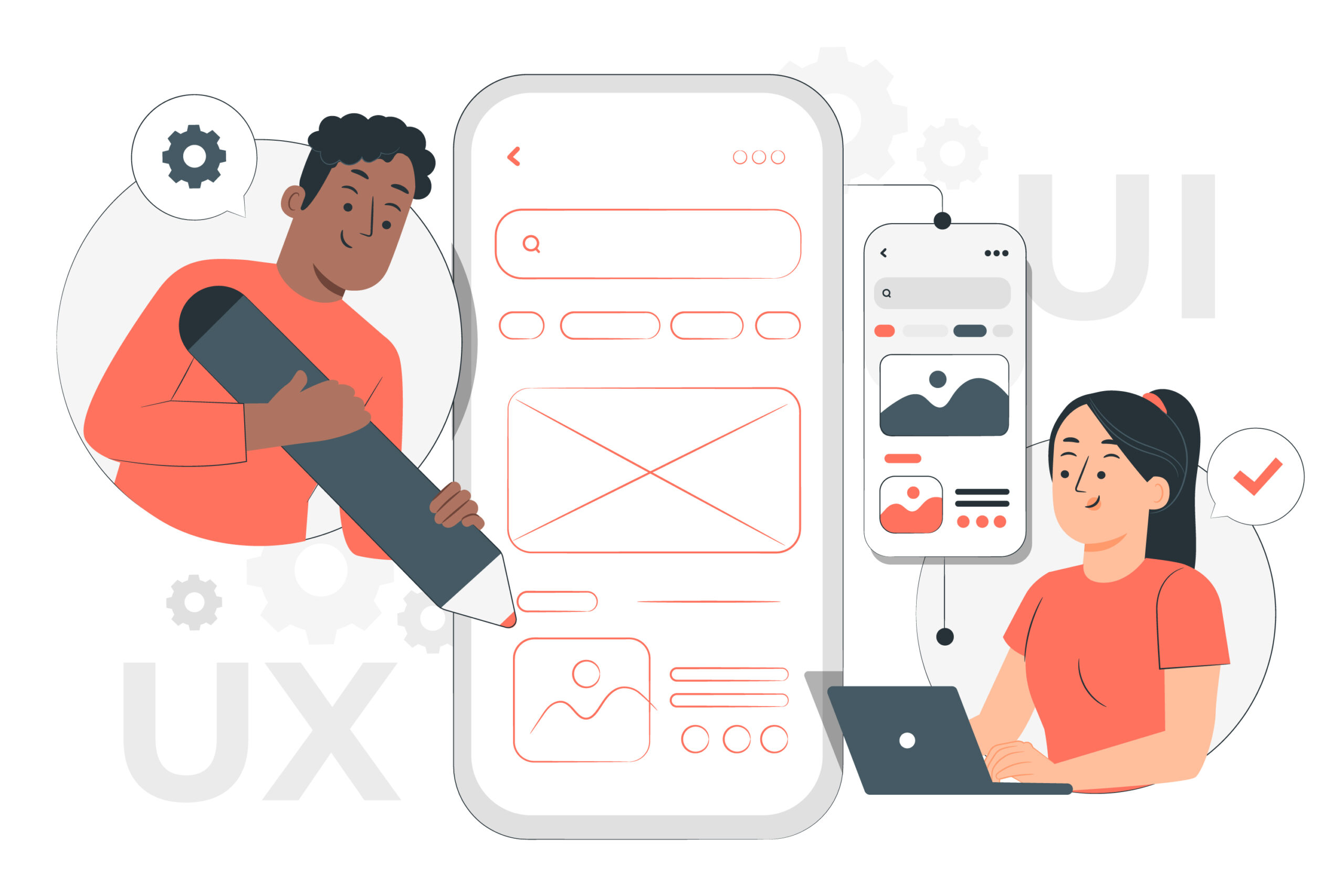
Pursuing a Career in Data Science
Let’s imagine that you’ve made the decision to pursue a career as a data scientist. The first step on this path is acquiring a relevant degree, such as a degree in computer applications, data science, or statistics. Many companies have made having a relevant degree a mandatory requirement. While not having a relevant degree doesn’t make becoming a data scientist impossible, it can pose challenges in reaching this goal.
Once you have secured a relevant degree, the next essential aspect is gaining proficiency in software tools like Python, R, and SQL. With the right skills and specialization under your belt, you’ll be well-prepared for your inaugural role in data science. Constructing an online portfolio serves as a valuable asset, enabling you to showcase a selection of projects and highlight your achievements to potential employers.
Additionally, it might be advantageous to consider positions within companies that offer room for growth. Your initial data science position might not carry the “data scientist” title, potentially involving a more analytical role. This experience will swiftly familiarize you with collaborative teamwork dynamics and optimal approaches, laying the groundwork for progression into more senior positions.
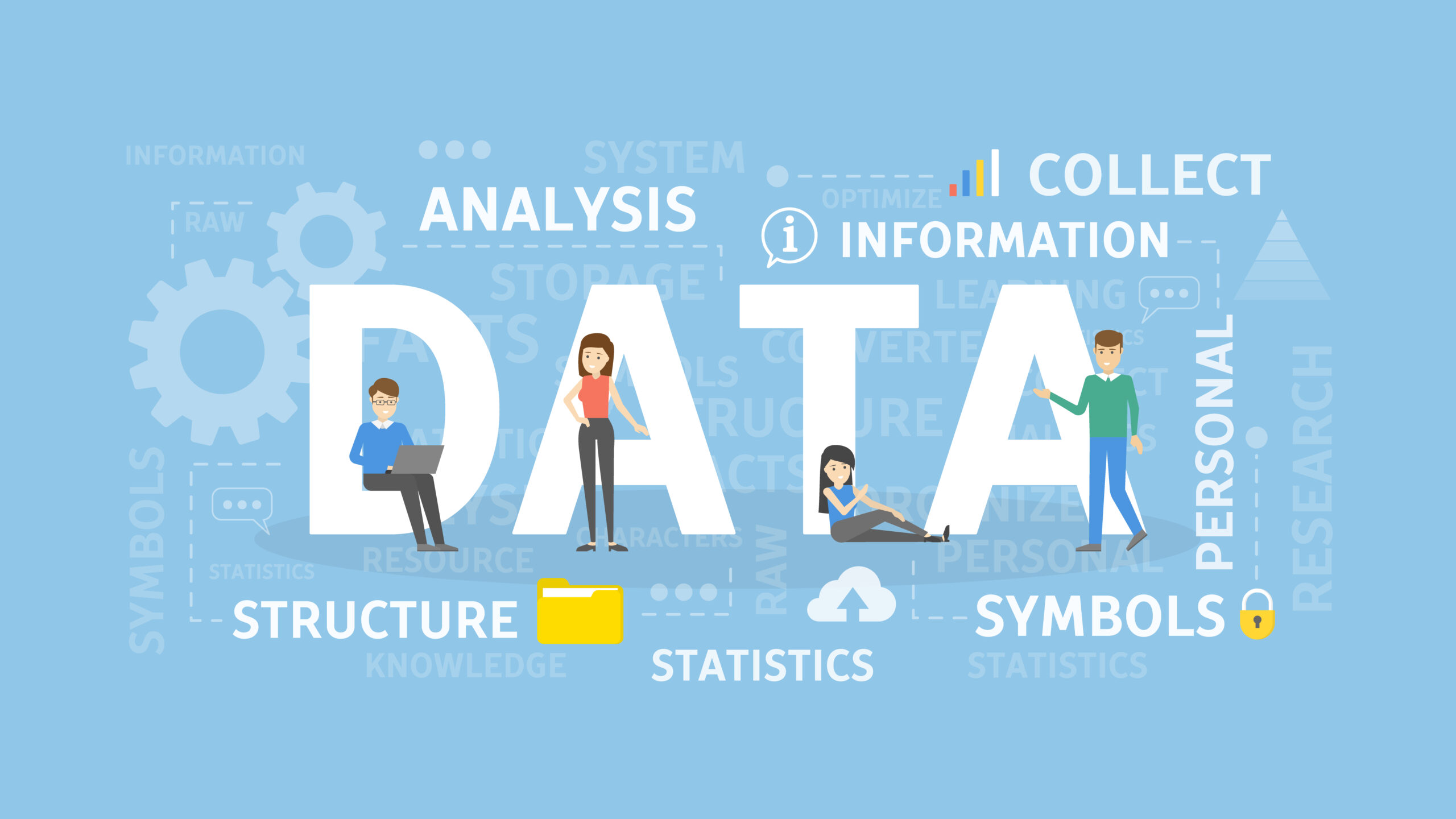
Conclusion
By now, you should have a clearer understanding of both UX UI design and data science. Take a moment to assess which field resonates more with your interests. Keep in mind that the journey in data science tends to be more extensive compared to that in UX design. Consider the advantages and disadvantages of each path, and make your decision accordingly. Whichever path you opt for, know that your choice brings me happiness. Regardless of your decision, the key is to remain committed to continuous learning. Stay updated and never cease to expand your knowledge. Best of luck in your career endeavors!
